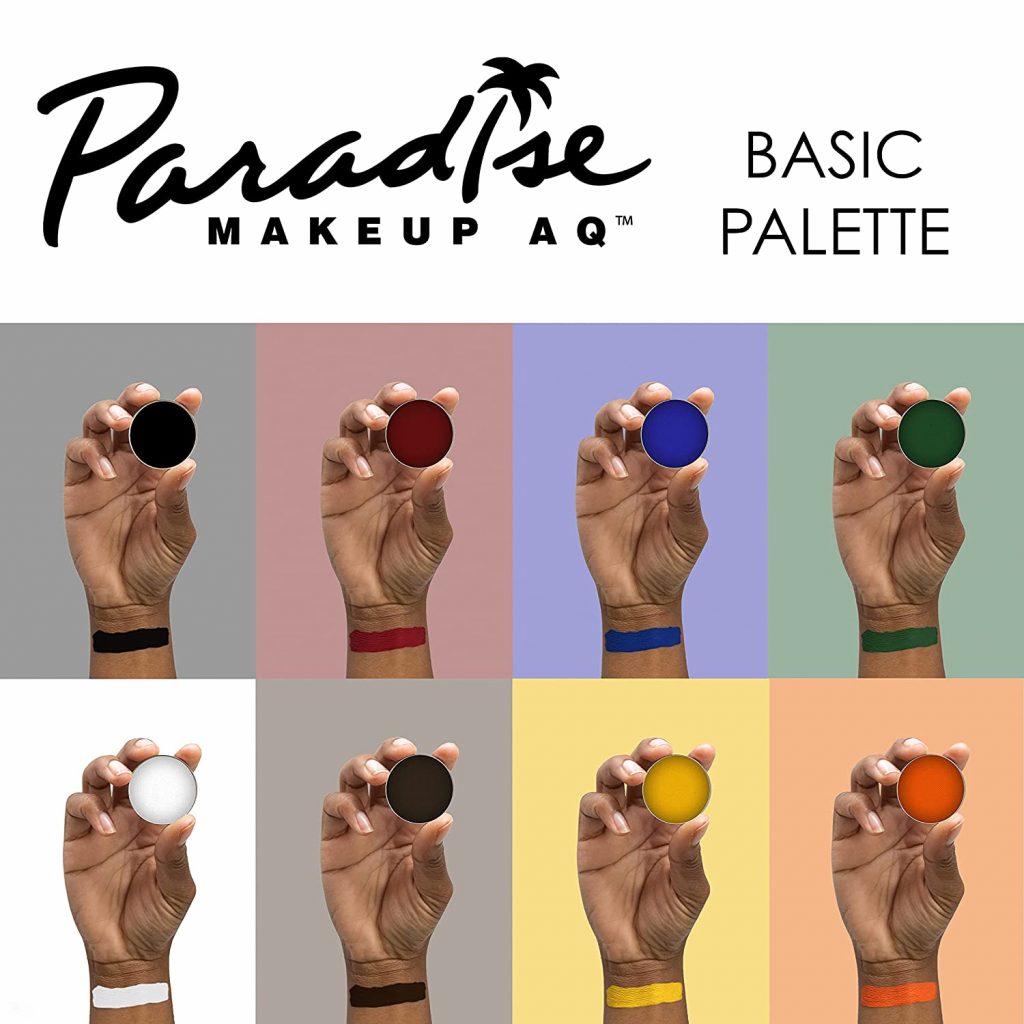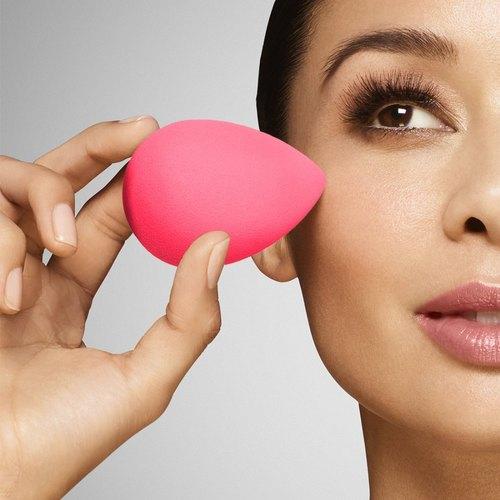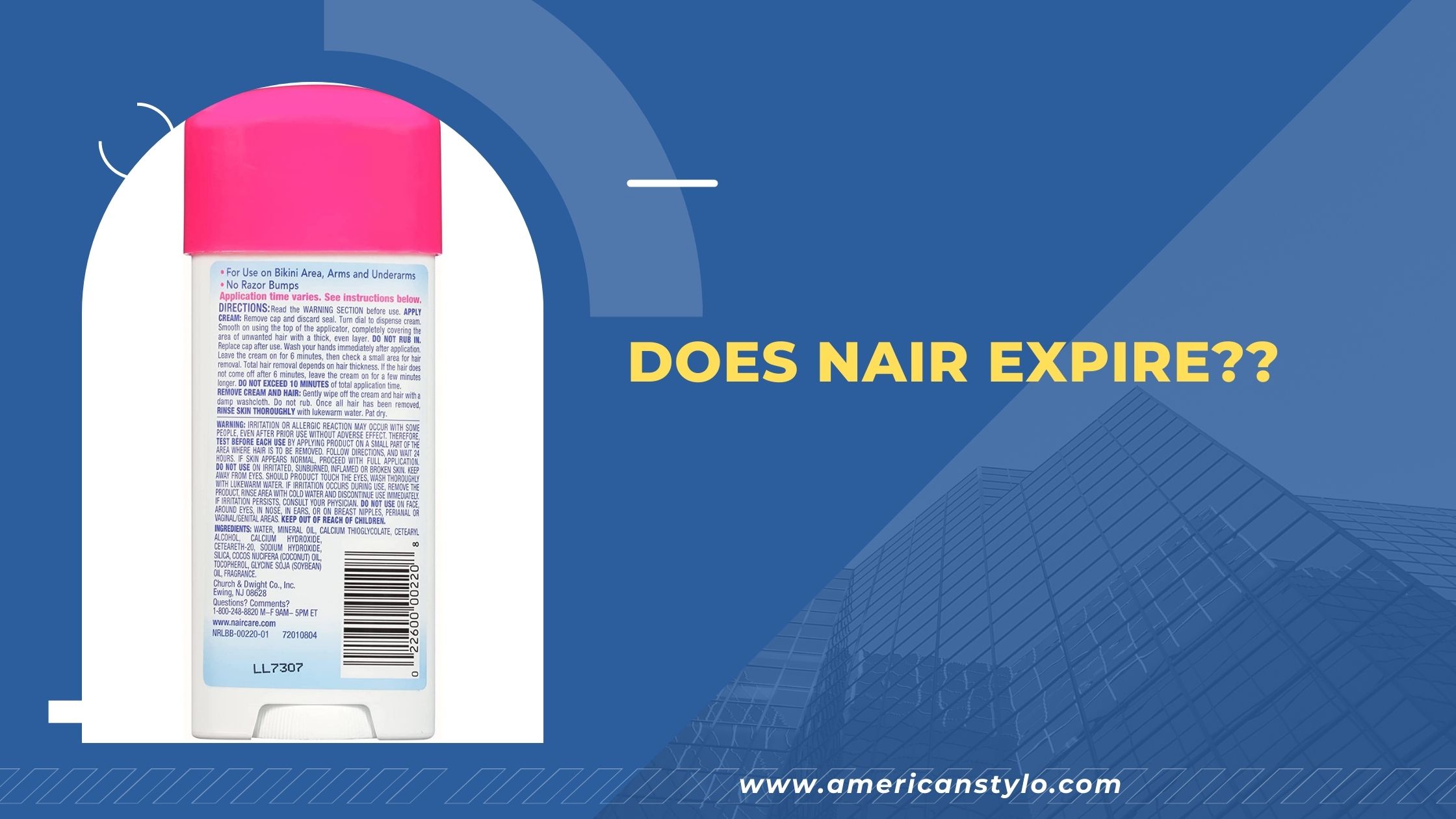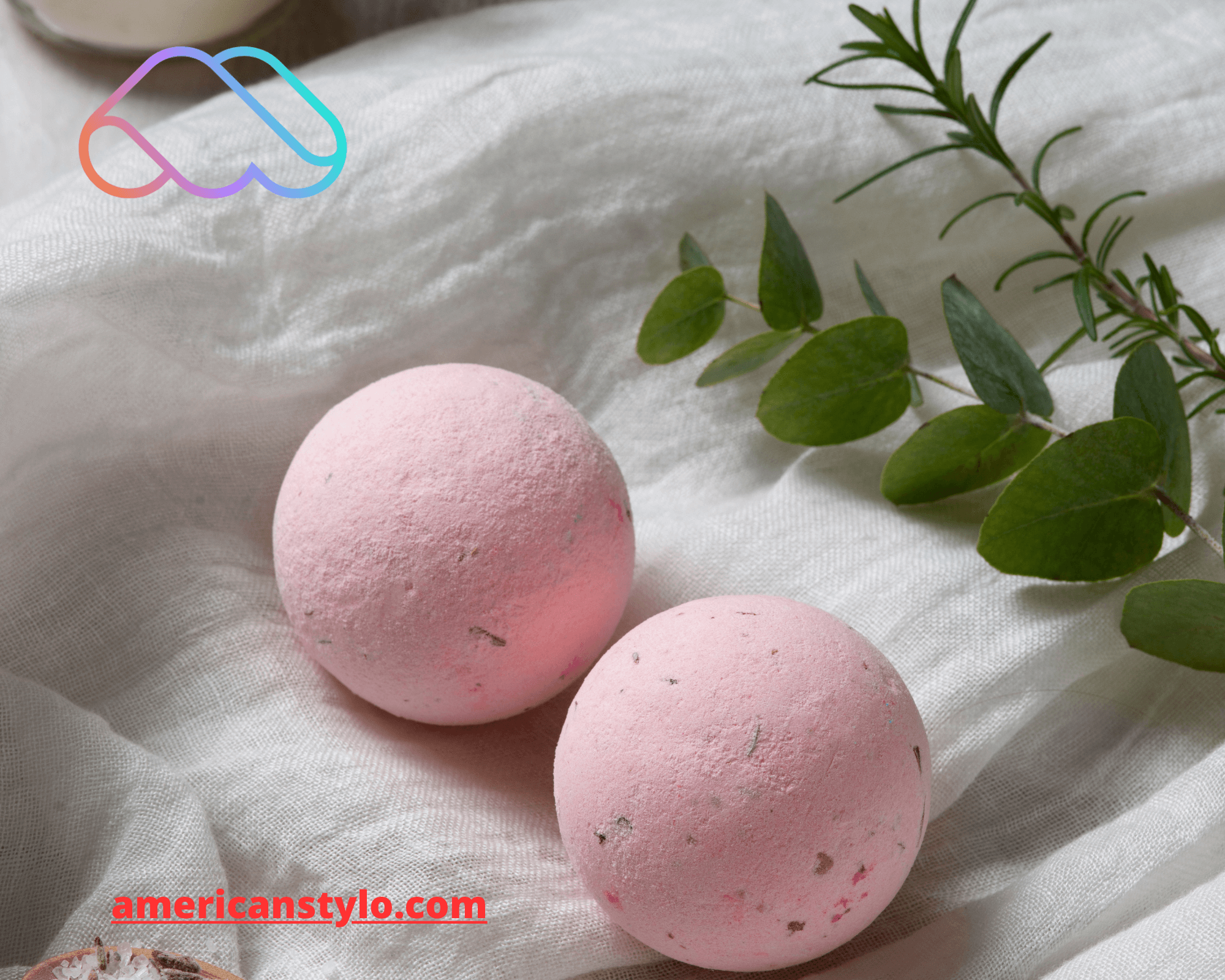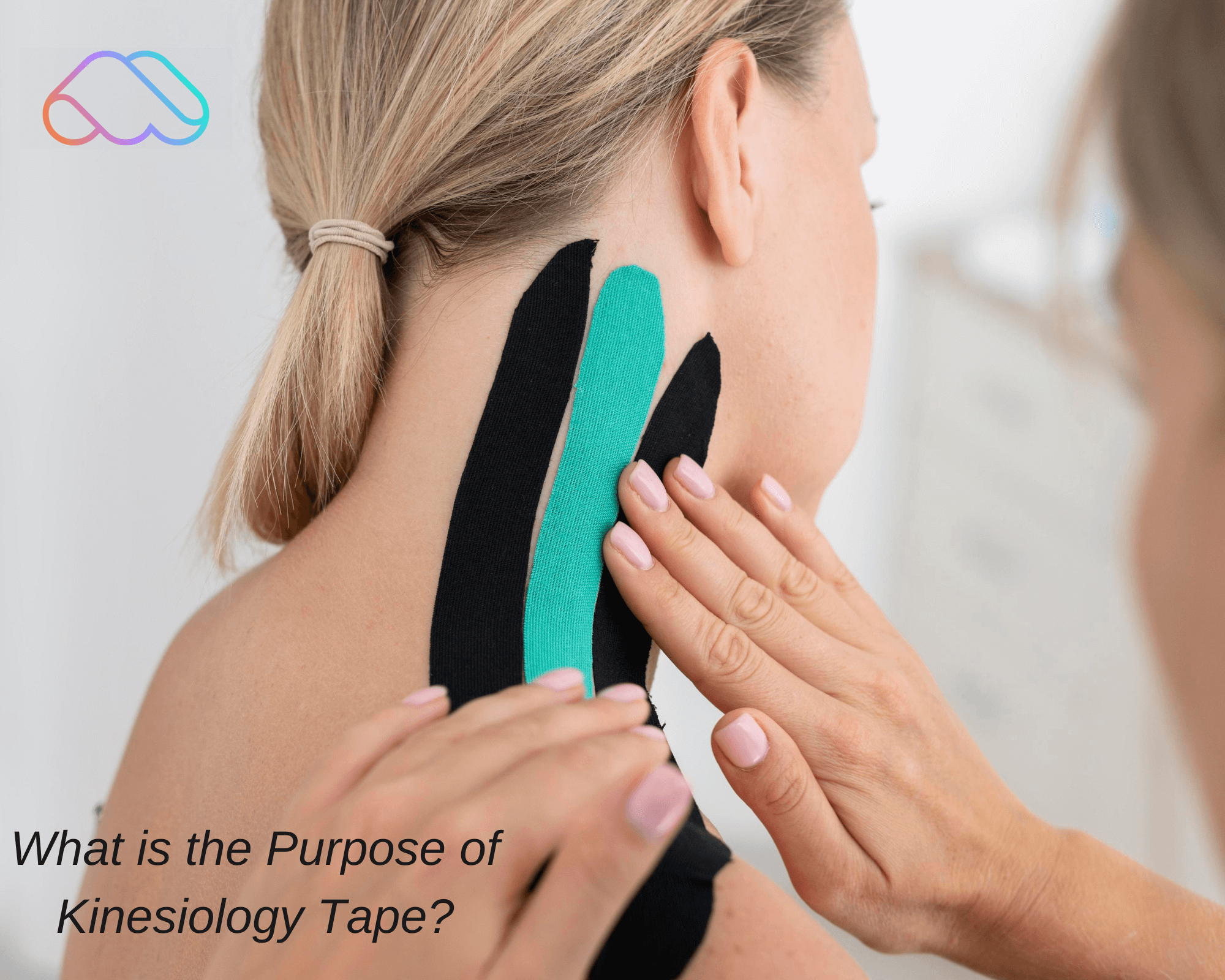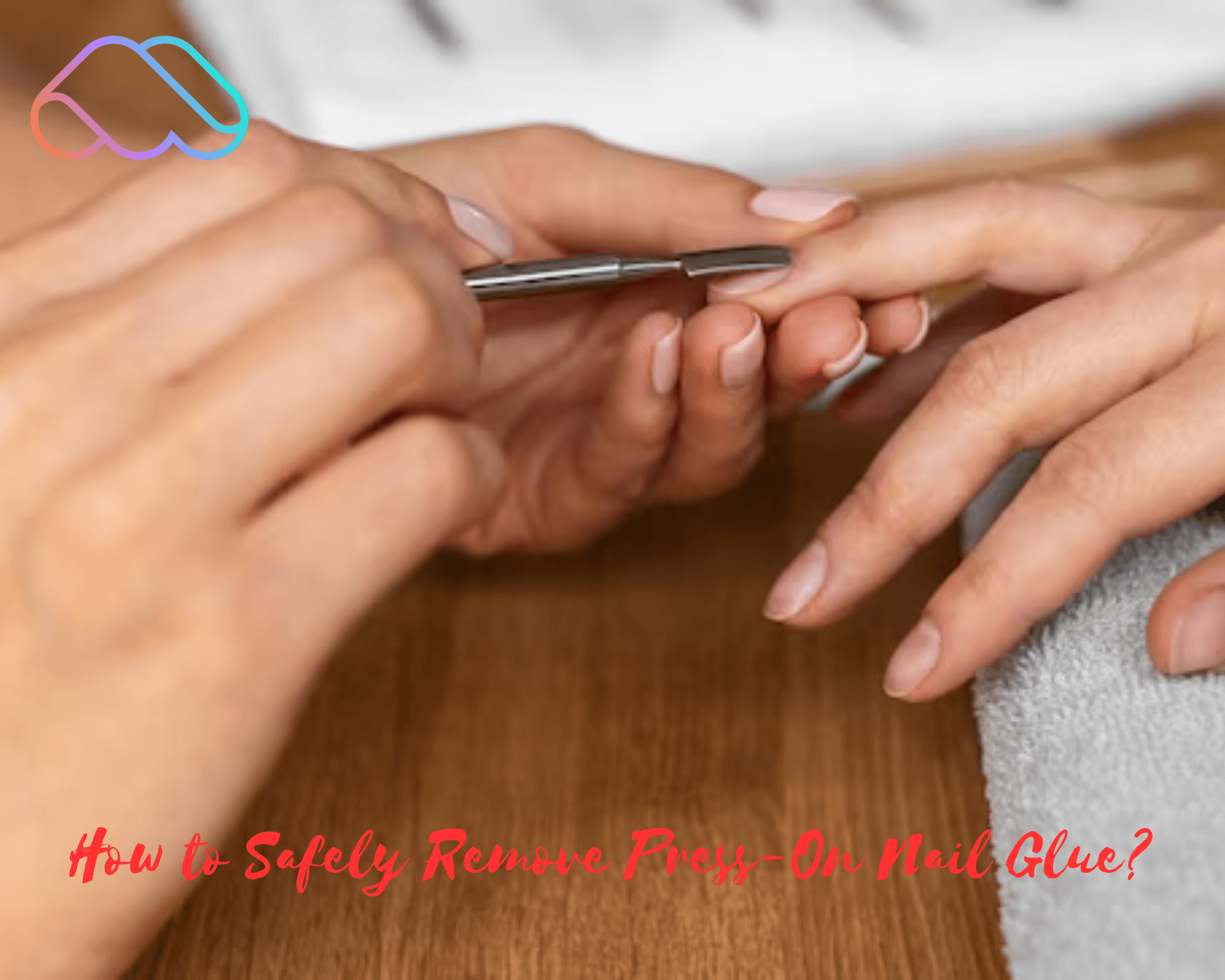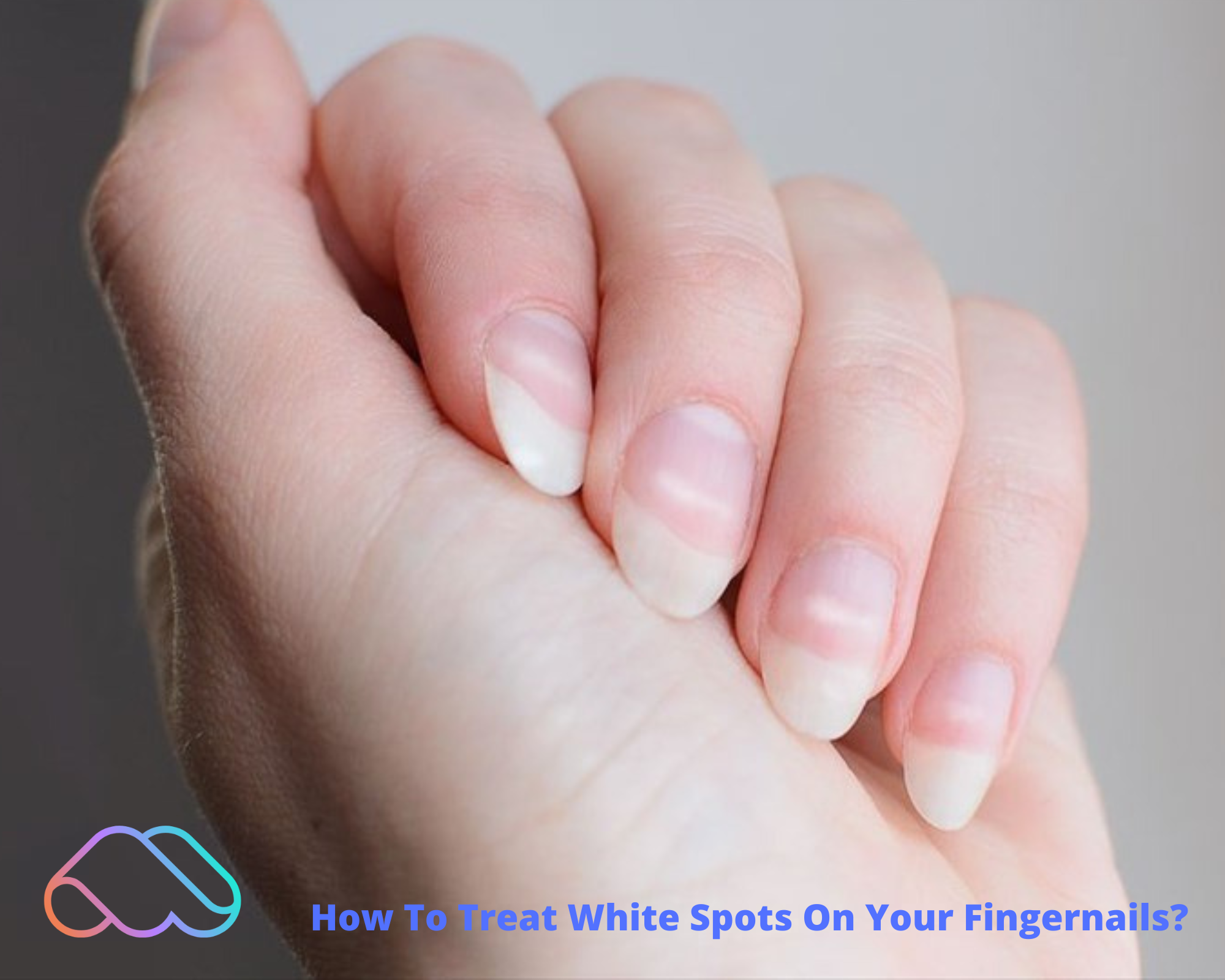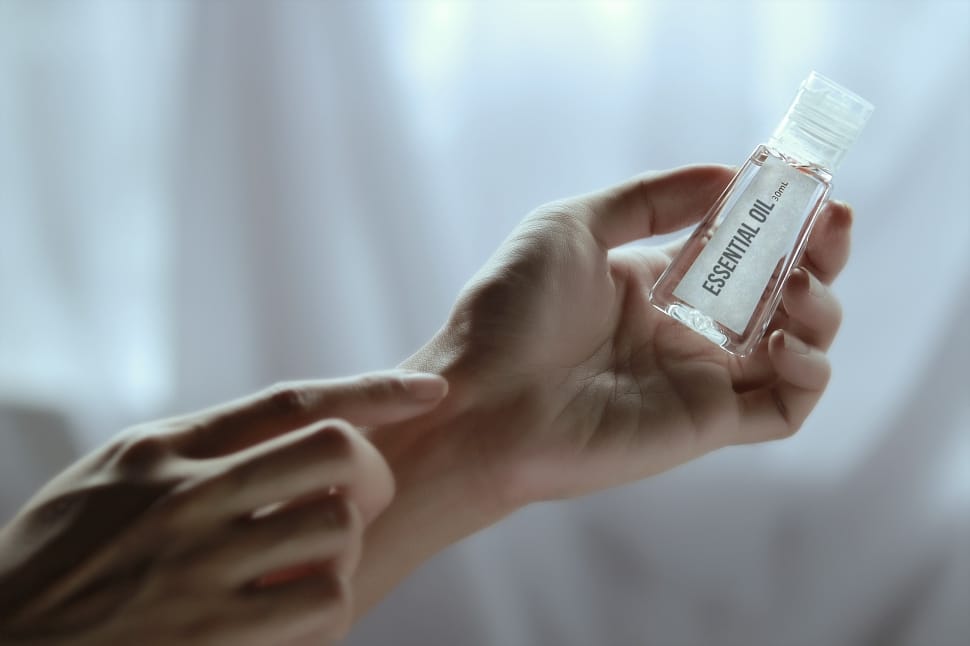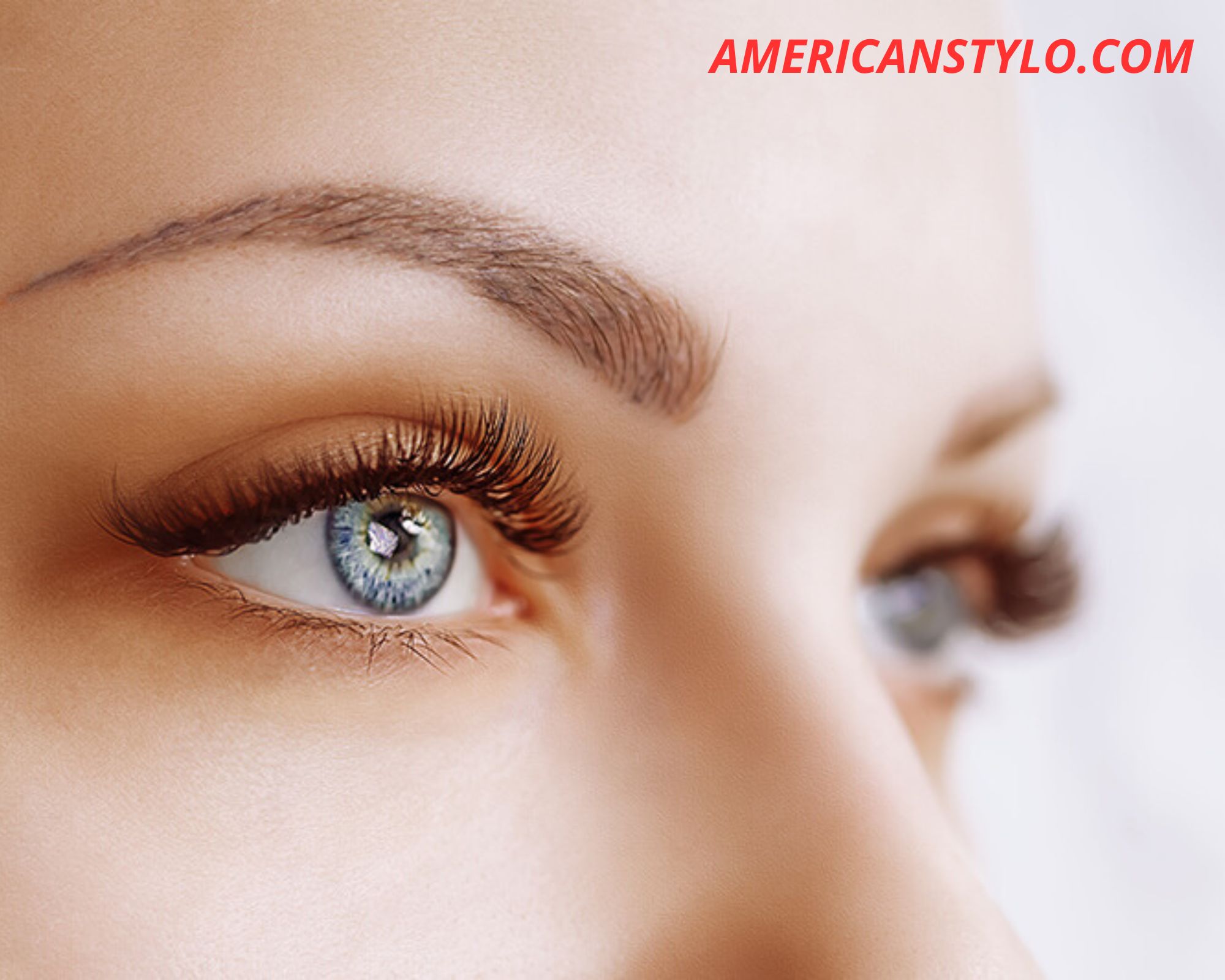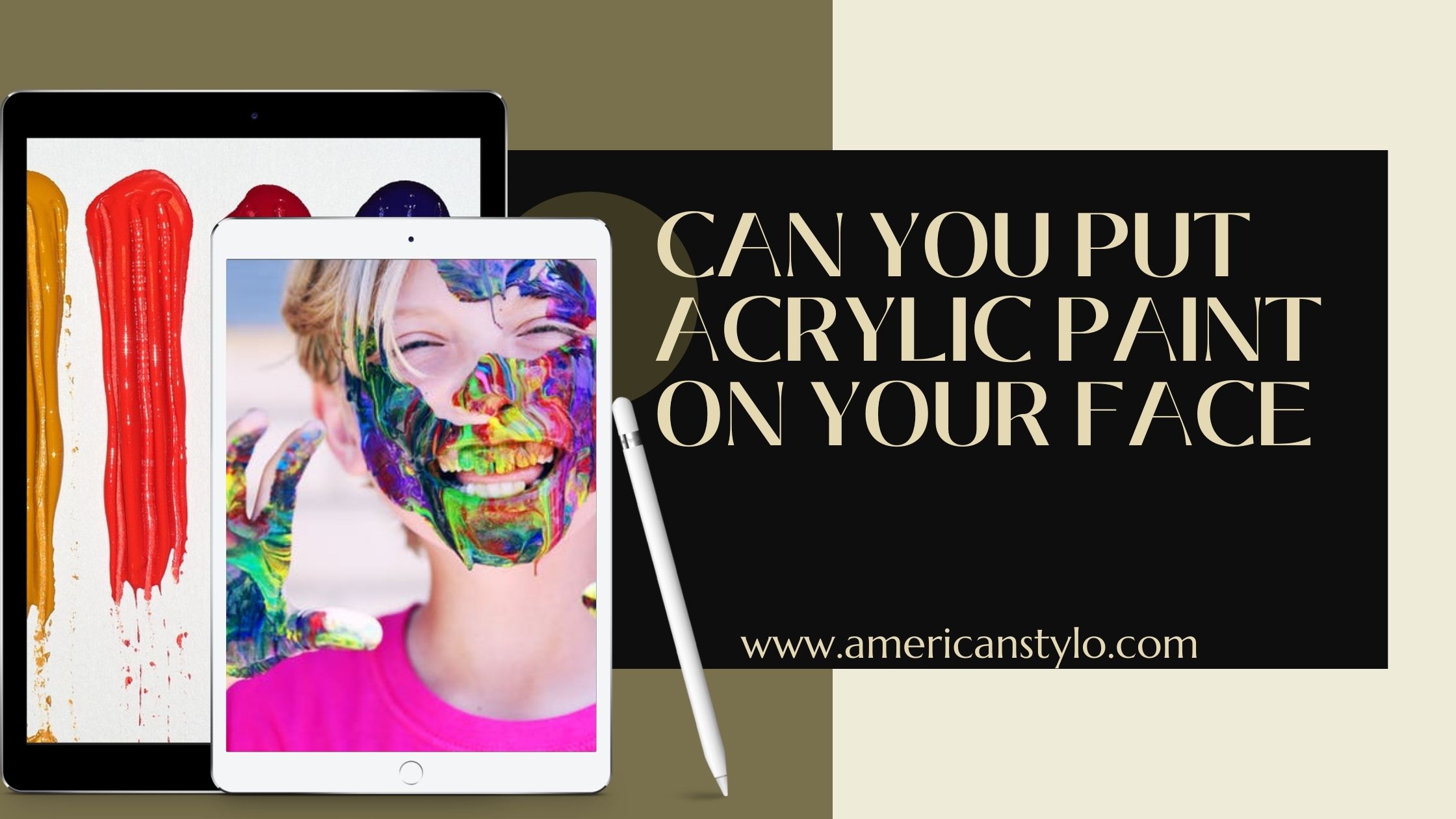
Acrylic paint is a popular choice among artists and non-artists alike because of its low cost and versatility. Many face painters are now wondering if this paint may be used as face paint due to its versatility. In most circumstances, acrylic paint may be simply washed away with water.
So, Can you put acrylic paint on your face? Acrylic paint may technically be used as face paint, however, the chemicals and poisons inherent in acrylic paint make this practice not recommendable.
Even though most acrylic paints are non-toxic, there are still some components that you wouldn’t want to put on your face. Acrylic paint may be used as a temporary face paint alternative, thanks to the inventiveness of some artists.
Can you put acrylic paint on your face?
No, toxic chemicals are found in acrylic paints. So, in general, acrylic paint is not meant to be used on your skin. Even though the bottle is “non-toxic,” it is not recommended for facial use.
Acrylic painting, as well as other enjoyable arts and paints, is a popular medium among artists and other creative types. Many painters are now asking if this paint is good for facial painting, given how adaptable it is. It is possible to remove acrylic paint using water in most circumstances.
So the query is, how can you put acrylic paint on your face? It is possible to use acrylic paints as facial paint in technical terms, but it is not encouraged due to the chemicals and poisons in the paint.
Even though most acrylic paints are not harmful, there are still some components that shouldn’t be applied to your skin. Acrylic paint, on the other hand, may be used as a temporary alternative for facial painting by some artists. Let us dig more into can you put acrylic paint on your face!

Can I use acrylic paint on my skin?
Artists are divided on whether or not acrylic paints can be properly used on skin; some think they can, while others argue they should not. When it comes to using acrylic paint on the skin, it’s best to avoid it at all costs.
We recommend that you use a product created expressly for face painting if you intend to do so. When using a brush to apply acrylic paint, you should also use safety eyewear. Use caution when cleaning off the paint; if left on the skin for an extended period, it can irritate.
Depending on your age, gender, and method of application, the toxicity level of paint might change significantly for you. It is not safe for everyone’s skin or long-term wear of acrylic paints, even if they are non-toxic.
Can you put acrylic paint on your hands?
Now that you know, can you put acrylic paint on your face! Acrylics should not be applied to the skin, particularly the hands. Moreover, the hands of children and adults should never be painted with acrylic paint. Wash your hands as quickly as possible if you get paint on them.
After dealing with acrylic paint, be sure to wash your hands thoroughly. Small amounts of paint chemicals can have long-term health effects, according to the U.S. Consumer Product Safety Commission.
How to turn acrylic paint into face paint?
It’s time to learn how can you put acrylic paint on your face by making it appropriate for facial painting.
Acrylic paint does not require dilution before use, unlike some other mediums that people have tried to use for face paint and which must be diluted before use. However, as said previously in the post, we strongly advise you to use non-toxic acrylic paint to avoid any skin irritations after application.
However, utilising a low-cost, high-quality face paint instead of expensive acrylic paint will nearly always yield superior results while also saving money. Additionally, it’s not only simpler to apply, but it’s also less likely to irritate your skin if you accidentally remove it.

How to DIY acrylic paint on your face?
To know how can you put acrylic paint on your face! you need:
- A nontoxic acrylic colour
- A lotion or humidifier of your choice
- A pallet.
The painting should be avoided by anyone who is ill or has open wounds or sores on their body. Even acne can irritate the skin because of the rubbing required to remove the paint. Suggest painting or attaching a different part of the body, such as the arm, in these situations.
Preparing for paint
Make sure you have a cup of water and a spray bottle of water on hand when you’re painting. The cup of water may be used to clean your brushes whenever you need to switch colours. After rinsing your brushes, make sure to fully dry them with a paper towel to prevent water droplets from dripping down your arms. Spray the acrylics with the spray bottle every so often to keep them from drying out on your pallet.
Use one painting at a time
To avoid the paint from dripping, just squeeze it when you’re ready to use it on your pallet. When working with acrylic paints, it is best to stick to one colour at a time. Squeeze out just enough paint from the tube at a time to get started painting.
Patch test
Insist on having it tested. Inspect a tiny patch of skin for irritation or other side effects after touching up the paint.
You should only use acrylic paint in an environment that is well-ventilated. A cancer-causing carcinogen, formaldehyde is employed as a preservative to extend the shelf life of acrylic paints.
Formaldehyde may be dried by air and its potential adverse effects lessened if acrylic paint is used in a well-ventilated environment, therefore avoid using it there.
Thinning of acrylic paint
Acrylic paint dries rapidly, so you may thin it with a 1:1 mixture of water and acrylic. Acrylic can be thinned to make it simpler to work with and mix, but it is not necessary if you enjoy the look of thick acrylic paint on the face.
Painting
Once you’ve completed the ingredients, you’re ready to transform your acrylic paint into face paint. To begin, squeeze some of the non-toxic acrylic paint onto your palette.
- Afterwards, you may use a brush or an ice cream stick to add some colour to the body.
- Apply a little amount of the paint to your face using the brush of your preference. It is possible to begin by using a humidifying lotion, which acts as a light barrier between your skin and your face.
- After a lengthy period of contact with the skin, the acrylic paint may break and require a touch-up.
Why should you not use acrylic paint as face paint?
Many artists believe that acrylic paint is the greatest medium for their work because of its versatility. Because it’s water-based, there’s a common belief that you can simply wash it off and hence surely can you put acrylic paint on your face. It is not a good idea, though, because of the following reasons:
It’s not completely free of toxins.
Even though acrylic itself is non-toxic, certain of the pigments included inside it can be harmful if consumed, breathed, or come into contact with the skin.
As it dries, it becomes harder.
Because we’re already talking about how acrylic paint dries, we should mention that it hardens when it does. This is one of the reasons why acrylic paint is an excellent medium for painting. For the rest of its life with proper care and maintenance, it will be weather-resistant. However, it is unfit with our pliable skin due to this feature.
The Smell Is Possibly Dangerous to Your Health.
You’ll be breathing in the paint’s scents because it’s near your skin. At least six distinct kinds of acrylic paint were found to leak toxic components into the air as they dried, according to Frontiers in Public Health research.
When it’s dry, it’s painful to remove.
Last but not least, because acrylic paint hardens, it might be difficult to remove off the skin. Baby oil or rubbing alcohol will help loosen it up if you ever find yourself in this scenario. Even so, it will fall short of eliminating everything. Naturally, the paint will adhere to your body hair, and squeezing will remove these hairs along with it.
If you’re not careful, it might clog your pores and irritate you. Because of this, we propose that you rinse off any acrylic paint that is nonetheless wet on your skin.
Acrylic face paint Splits
Since the material hardens, you’ll see that your work will begin to break over time. You’ll have to do a lot of retouching regularly. It’s a waste of time, especially if you’re body painting for an event lasting more than an hour.
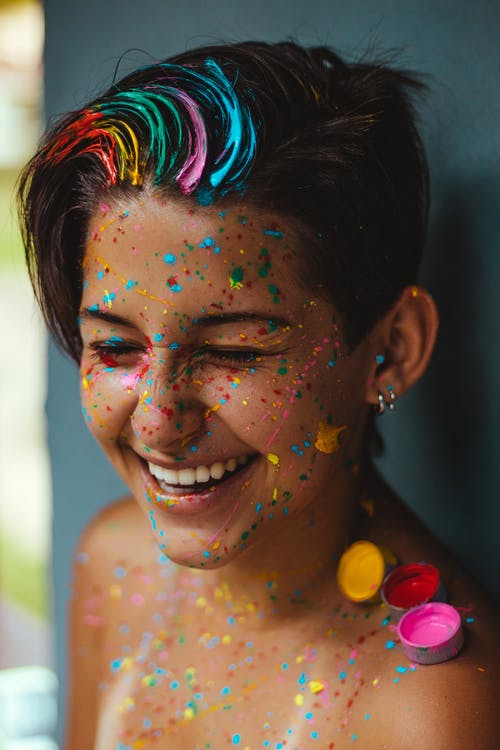
What Skin-Friendly Paints Can You Use?
The answer to can you put acrylic paint on your face is No. So listed below are the most prevalent kinds of body paints on the market today, along with details on their safety:
Body paints
Body Paint with a glossy, metallic finish is called metallic body paint. Metallic paints, on the other hand, should be used with caution since they include genuine metal powder that has been linked to skin irritation and eczema. Metallic paint is best avoided unless you require it for a performance.
Water-based face paints
Using water-based face and body paints is the safest option because the majority of these paints adhere to stringent regulations. VOC emissions are reduced with water-based paints (VOCs). However, they are prone to cracking and rubbing off, making them unsuitable for use in body painting.
Liquid-latex paint
As a body paint for cosplay and costume creation, liquid latex paint is a popular choice. In contrast to other body paints, latex doesn’t leave behind a sticky residue. It’s best to avoid using the paint in extremely hot environments if you have a latex allergy. Without this, you run the risk of heatstroke or skin injury.
Alcohol-based face and body paints
Alcohol-based paint is perfect for hot, sunny environments since it is waterproof. Sweating doesn’t cause the paint to break, but it can cause it to rub off. Toxic rubbing alcohol is required to remove these paints from the skin.
Henna
For centuries, people in Asian and African cities have decorated themselves with henna, a traditional body paint. Plant dye is used to create the paint, which leaves the skin looking red or brown. It’s completely harmless to both children and adults. Temporary paint fades naturally over time, but exfoliation can help you remove it more quickly.
Body painting markers
Adults and children alike can use body painting markers since they are non-toxic and safe. However, you should always verify the label. Some brands aren’t suitable for all parts of your body.
Commercial body paints
Non-toxic commercial body paint is available in spray bottles or other containers. No latex is used, thus these body paints can be used without fear. Try out a variety of products to see what works best for your skin type.
How to choose paint for your face?
The use of body paint and cosmetics is highly recommended. In light of this, consider the following aspects while picking a body paint:
Hypoallergenic
Because every customer’s skin is unique, you should look for hypoallergenic items that can be used even by those with the most delicate complexions.
The opacity of the subject
In the end, here’s a point that many novices overlook: Products with high opacity are essential if you want your colours to stand out regardless of your client’s skin tone. Additionally, you’ll be able to complete your project more quickly as a consequence of the reduced number of stages necessary to achieve your goals. You’d have to build up with less opaque materials, after all.
Cleanliness and Reusability
Assuming that it’s water-resistant, it shouldn’t be too difficult to remove. If you’re working with customers who are in their teens or early twenties, this is an important consideration.
Resistant to water intrusion.
The product’s capacity to withstand water intrusion is an additional factor to consider. Even if you’re sweating and crying, it’ll keep the product in place. This is something to keep in mind if you’re doing long-term events like parties.
Our picks of face and body paints
Snazaroo classic body and face paint
Unlike other face paints, Snazaroo’s are fragrance-free and gentle on the skin. These face paints have been thoroughly tested by an independent dermatologist and toxicologist. All Snazaroo face paints are non-toxic, paraben-free, and fragrance-free since they are made with only FDA- and EU-approved chemicals.
Water-based face paints are used in all Snazaroo face paints. Use a brush or sponge and a few drops of water to apply the appropriate shade to the skin. With soap and water, there is no necessity to scrub or use intense chemicals to eliminate the residue.
Mehron Paradise Makeup AQ Face and Body Paint
Cosmetics for the face and body are usually water-based and contain a high concentration of pigment. Because it dries fast and won’t smear, it’s ideal for use on the face and body. Paradise is available in a variety of vibrant hues. Because of this, they’re ideal for face and body painting, but they don’t mix well together.
It has a smooth, creamy consistency that makes it simple to use. You must work quickly, though, because acrylic paint dries quickly on flesh.
Snazaroo face paint kit for kids
Unlike other face paints, Snazaroo’s are fragrance-free and gentle on the skin. These face paints have been thoroughly tested by an independent dermatologist and toxicologist.
Face paints from Snazaroo are entirely water-based! This makes it as simple to remove them as it is to put them on. With soap and warm water, there’s no need to scrub or use strong removers. This paint covers face painting patterns that may be completed in three simple stages.
UV Glow Blacklight Face and Body Paint
UV Glow Face & Body Paint is one of the most well-known products in the field. Suitable for both day and night time usage. Under UV, the paints, which are bright, neon-coloured when viewed in the natural light, emit an enormous fluorescent glow. Applying these paints is a breeze, and they dry rapidly and last all night. After usage, simply rinse with water. These paints are compliant with EU regulations on cosmetics.
How to remove acrylic paint from the skin?
Now you know that can you put acrylic paint on your face! Acrylic body paint might be more difficult to remove than water-based counterparts, which can be removed with your hands or a towel. Even washable paints might be difficult to remove.
Use the following methods to get rid of acrylic paint from your skin:
- Lathering soap into a lather with lukewarm water and washing thoroughly
- Use your fingernails to lightly scrape the paint.
- Make sure to fully clean up after using the shower or bath.
- Remove the paint by peeling or scrubbing with another substance if washing with soapy water fails. To remove the paint more quickly, you can use natural ingredients like mayonnaise, canola oil, olive oil, vegetable oil, or baby oil.
Frequently Asked Questions
Is acrylic paint washable?
Is acrylic paint washable or not? To answer the question; we can say that acrylic paint, generally, is easy to wash during still moisture, but is not simple to wash after drying. The right solution and other materials for washing acrylic layers are also required.
After drying, is acrylic paint waterproof?
While acrylics are hard to paint, which means that they cannot harm them once dry water, your colour is still good for waterproofing. The coat, which is a unique acrylic gloss, can be utilized to do this.
How does your skin react if acrylic paint is used on your face?
It gets tough as it dries. But it makes it inappropriate with our uncertain skin specifically because of this product. If you’re not careful, you can block pores and irritate them. This is again why we propose that all acrylic paints on your skin are rinsed out, particularly when they are still wet.
Is it okay to paint your face with acrylic paint?
Technically yes, acrylic paint can be used as facial pain. However, because of the chemicals and toxins in the paint, this is not highly recommended. Although most acrylic paints are non-toxic, they nonetheless have a few ingredients on your face that you wouldn’t like.
To what extent does the use of water-based paints harm our bodies?
Painting using water-based products is an increasingly popular option for homeowners. These items are completely risk-free to use. Solvent-based and oil-based paints have the potential to irritate the eyes and skin more so than other paints. In addition, inhaling the fumes might exacerbate the symptoms of allergies.
How Safe Is Water-Based Acrylic Paint?
Acrylic paint is toxic and should not be used on the face. However, it is difficult to remove paint off your skin with a water-based solvent. To remove acrylic paint from your skin, you must scrape it off with your fingers, which might irritate your skin even more.
Conclusion about Can you put acrylic paint on your face
Homemade alternatives are usually preferable to store-bought acrylic paint when used on the face. You may save time by purchasing a non-toxic face paint kit immediately. Skin-safe face paints are available, however, the colours may be less brilliant than those of acrylics.
Be careful to follow all of the safety precautions and the disadvantages listed above before attempting to make your acrylic face paint at home. Some of the hazardous effects of acrylic face paint can be neutralised if lotion or moisturiser is mixed in, although you may still suffer some redness after peeling it. I hope that now you know the answer to can you put acrylic paint on your face!


